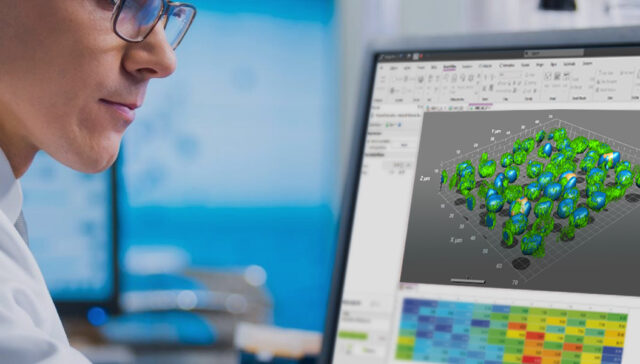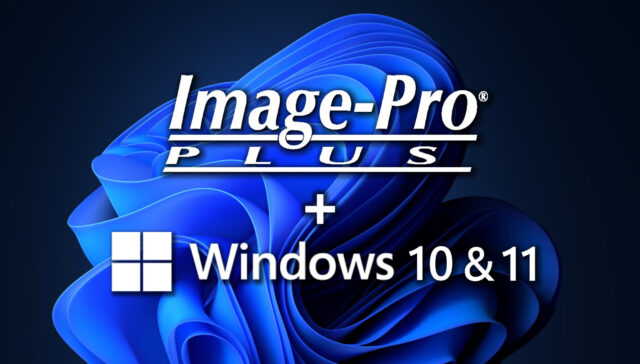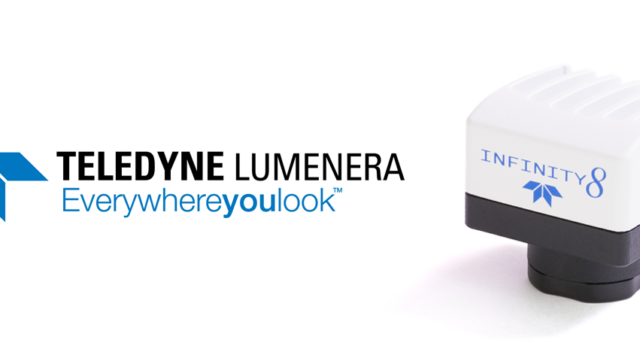
Electron Microscopy
A Solution Trusted by Electron Microscope Manufacturers and Users
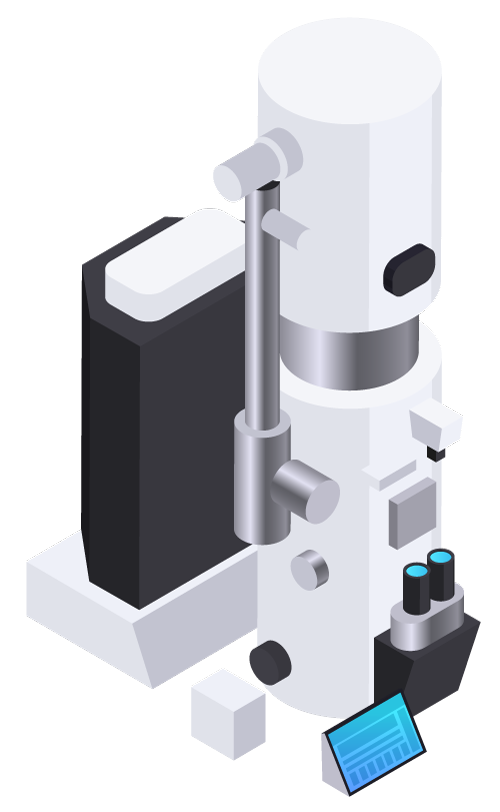
What is Electron Microscopy?
Electron Microscopy (EM) is a technique for obtaining high resolution images using a beam of accelerated electrons as a source of illumination. The wavelength of an electron can be up to 100,000 times shorter than that of visible light photons, meaning electron microscopes have a higher resolving power than light microscopes and can reveal the structure of smaller objects.
There are two main types of electron microscope: the transmission EM (TEM) and the scanning EM (SEM). The TEM is used to view thin specimens through which electrons can pass generating a projection image, and the conventional SEM depends on the emission of secondary electrons from the surface of the specimen.
Why Image-Pro?
Support 2D images generated by high-res field emission and variable pressure microscopes.
Support 3D images generated by Ion and High kV Transmission microscopes.
Enable an end-to-end solution for all EM customers.
Work with images from nearly all major EM manufacturers.
Provide integrated connection with newer Hitachi systems.
Life Sciences
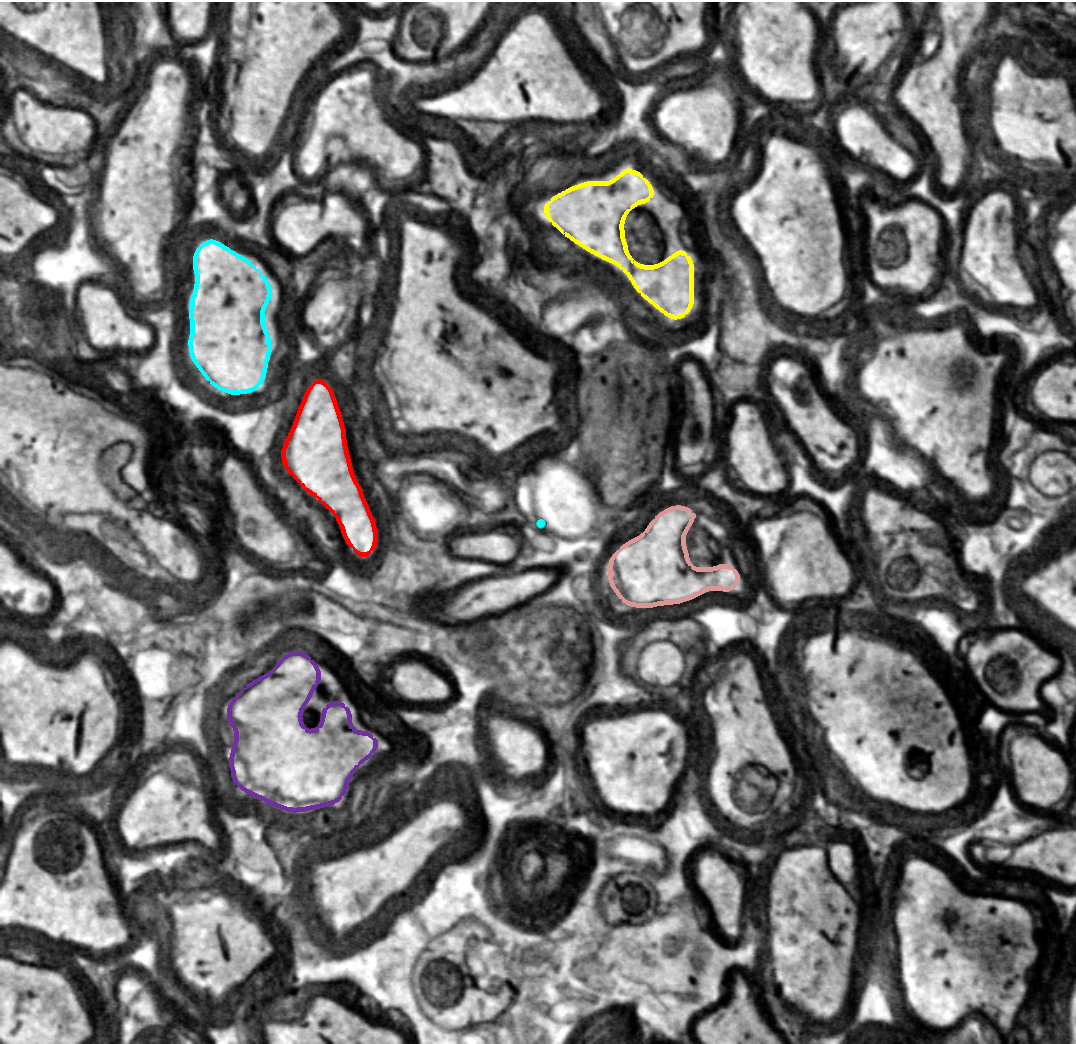
Axon Tracing
Learn More
Use semi-automated tracing tools to easily outline 2D cross-sections of axons which can later be auto-extended along the entire length in 3D.
Required for 2D: 2D Automated Analysis Module
Required for 3D: 3D Visualization Module & 3D Measure & Analyze Extension
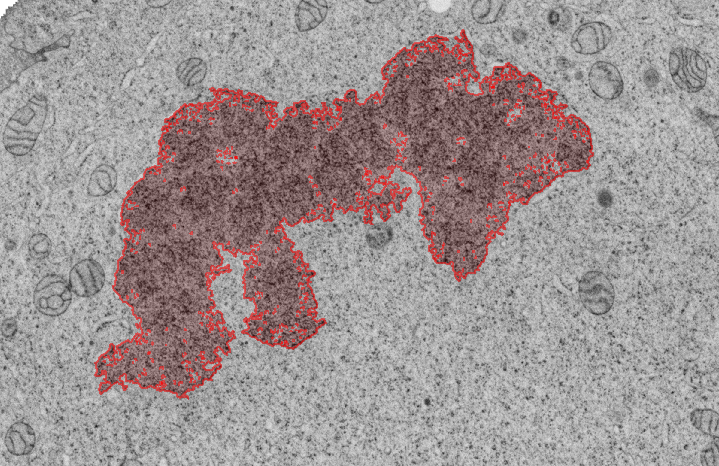
Chromatin Analysis
Learn More
Chromatin analysis in a post-mitotic nucleus. Image courtesy of EMPIAR dataset 10100.
Requires: 2D Automated Analysis Module
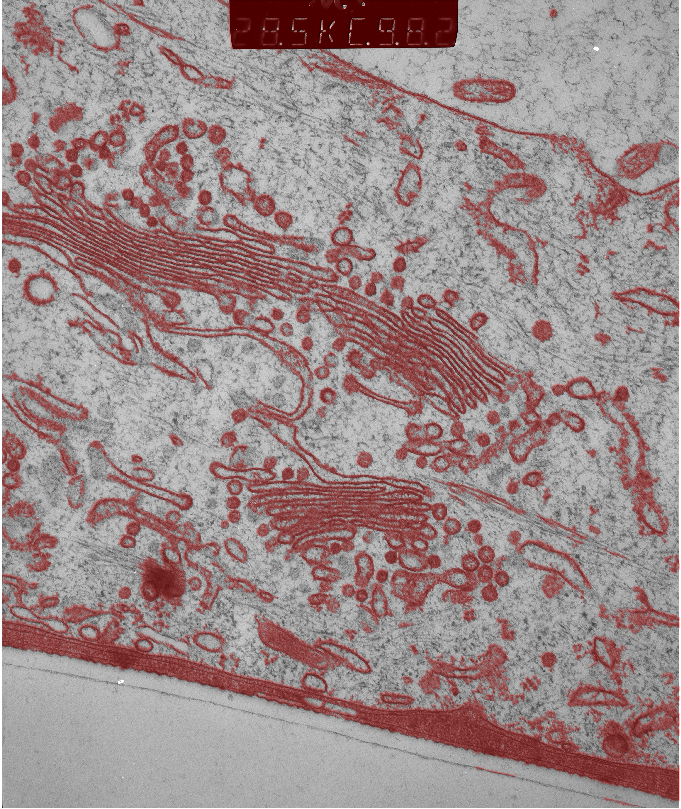
Golgi Analysis
Learn More
Use Machine Learning pixel classification to identify the nature of cells within a complex EM image.
Requires: 2D Automated Analysis Module

Muscle Analysis
Learn More
Analysis of mitochondria in a mouse cardiac muscle. Image courtesy of Cell Image Library Image 39756.
Requires: 2D Manual Measurements Module

Root Analysis
Learn More
Analyze plant root cell analysis for size and distribution.
Requires: 2D Automated Analysis Module
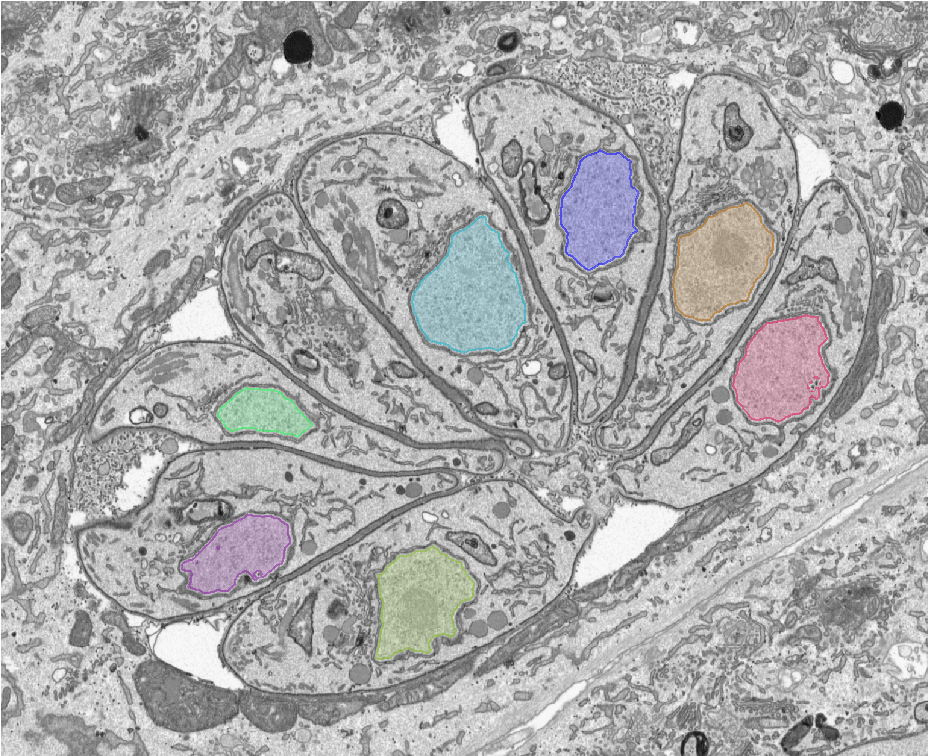
T.gondii analysis
Learn More
Analysis of Toxoplasma gondii. Image courtesy of EMPIAR dataset 10327.
Requires: 2D Automated Analysis Module & Cell Biology Protocol Collection
Protocol: Cell Morphology
Materials Science

Composite Material Analysis
Learn More
Measure the area of pores and constituents and calculates the area fraction of a composite material.
Requires: 2D Automated Analysis Module & Materials Protocol Collection
Protocol: Composite Materials
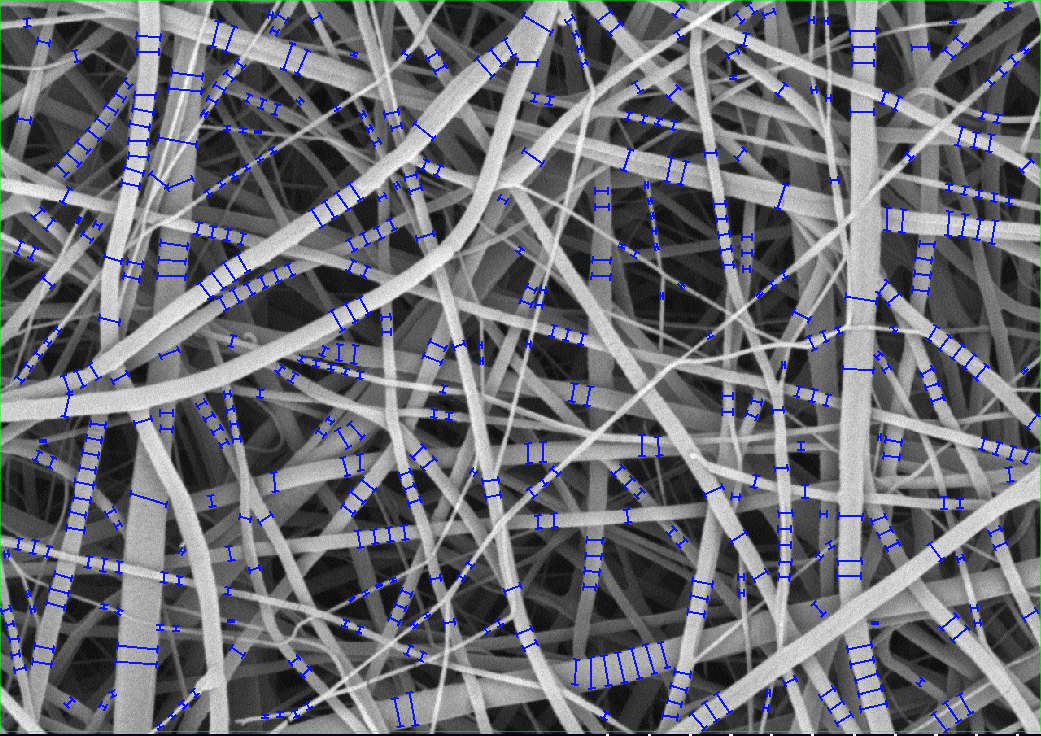
Fiber Thickness Analysis
Learn More
Measure both the thickness and orientation of fibers using optical or backscatter/secondary electron microscopy images.
Requires: 2D Automated Analysis Module & Materials Protocol Collection
Protocol: Fiber Thickness
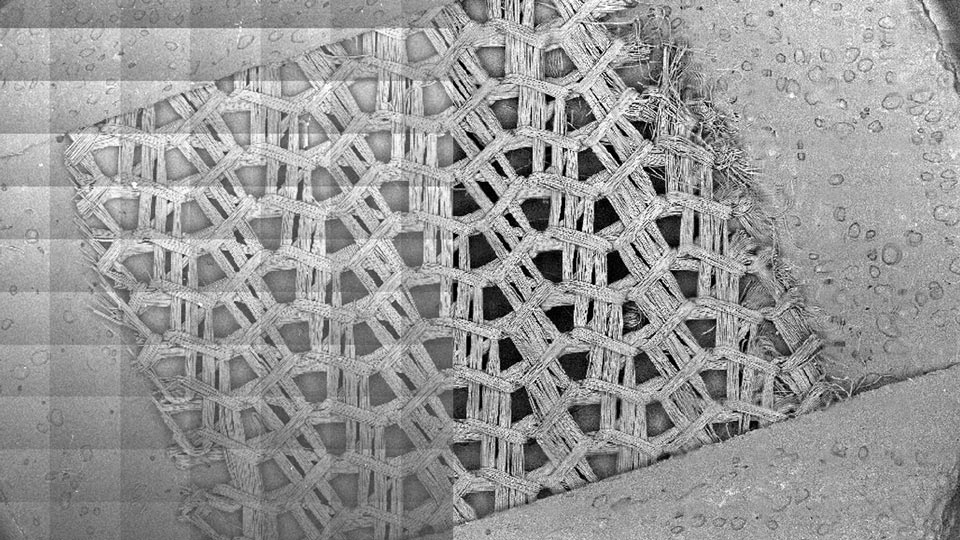
Image Stitching: Tiling & Normalization
Learn More
Stitch images together from large scans to provide a larger field of view and a two-pass correction for uneven shading – which may then be analyzed.
Requires: Image-Pro base product
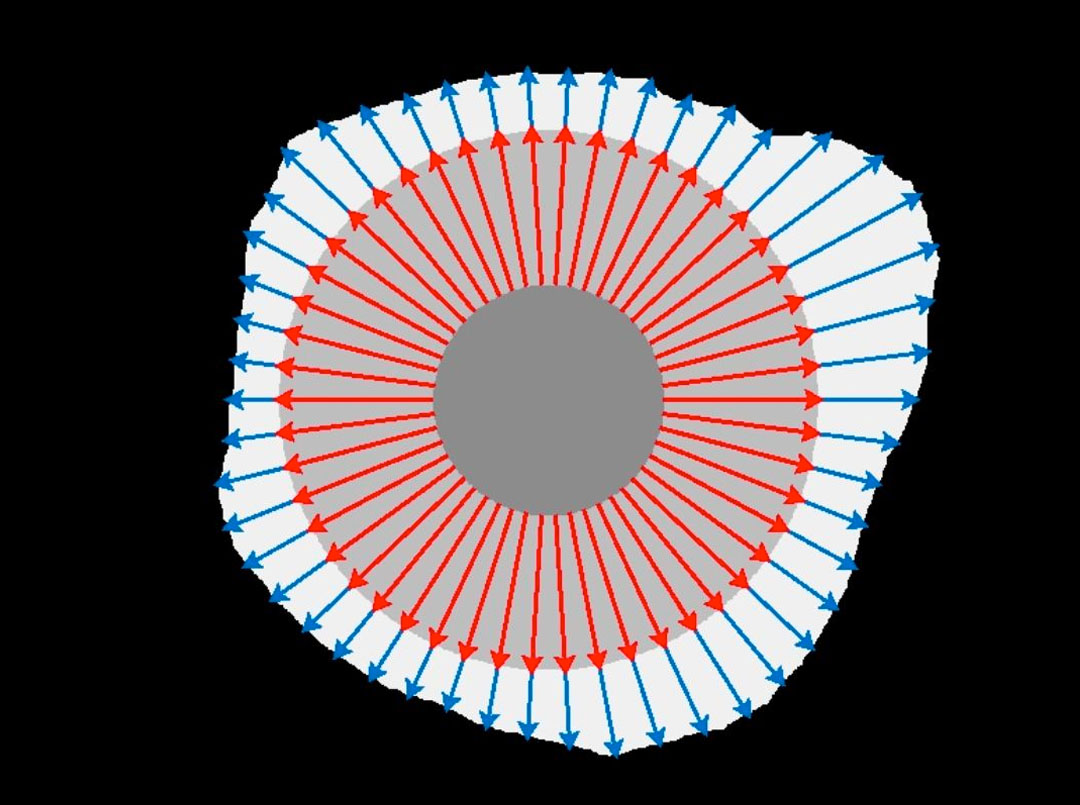
Layer Thickness: Concentric Analysis
Learn More
Measure the thickness of single or multiple concentric material coatings or layers.
Requires: 2D Automated Analysis Module & Materials Protocol Collection
Protocol: Layers Concentric
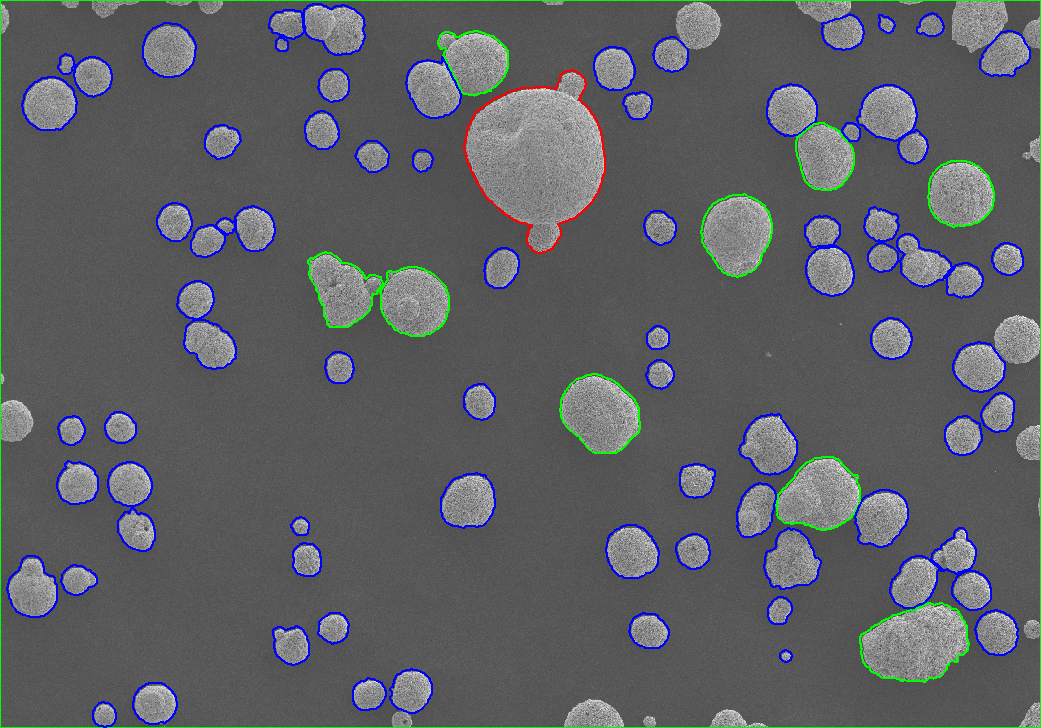
Particle Count & Size Analysis
Learn More
Measure and classify particles.
Requires: 2D Automated Analysis Module & Materials Protocol Collection
Protocol: Particles
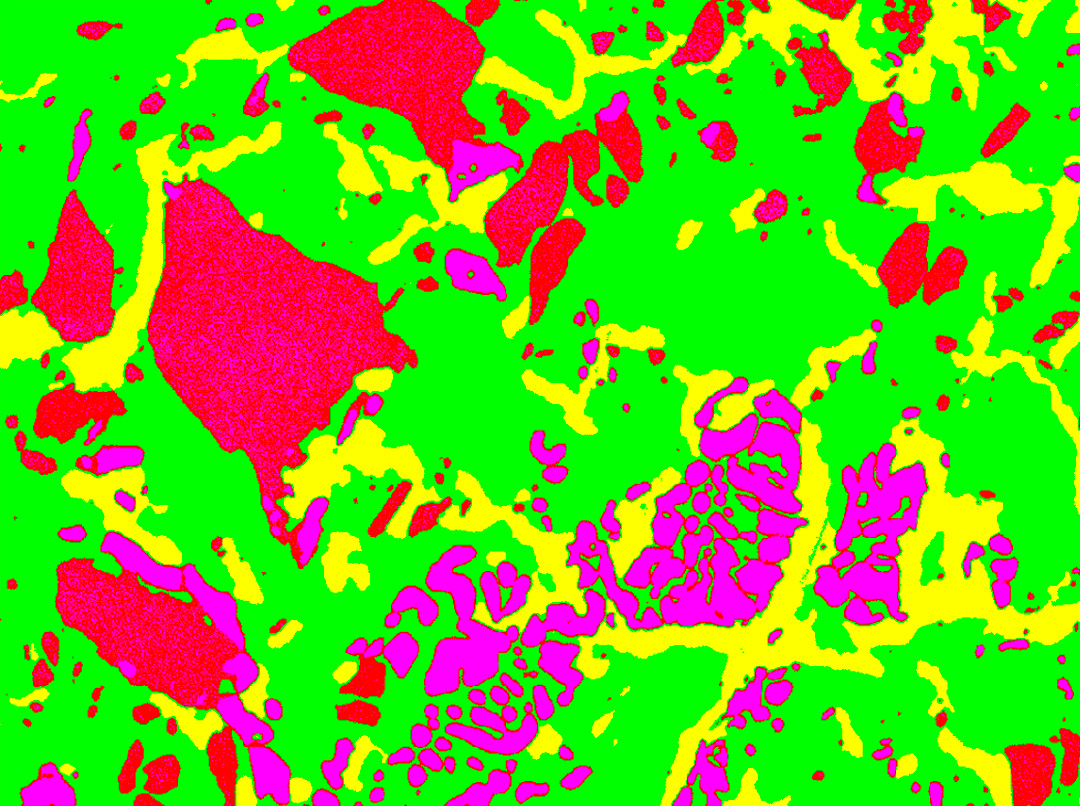
Phase Analysis
Learn More
Measure phases and calculate the area fraction.
Requires: 2D Automated Analysis Module & Materials Protocol Collection
Protocol: Phase
3D
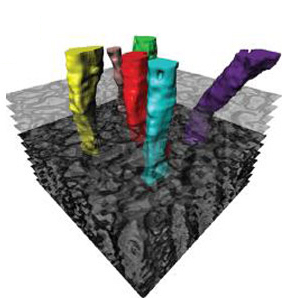
Axon Tracing
Learn More
Automatically generate isosurfaces from a collection(s) of 2D semi-automated outlines. Measure volume, surface, intensity, and unique morphological object measurements.
Requires: 3D Visualization Module & 3D Analysis Extension
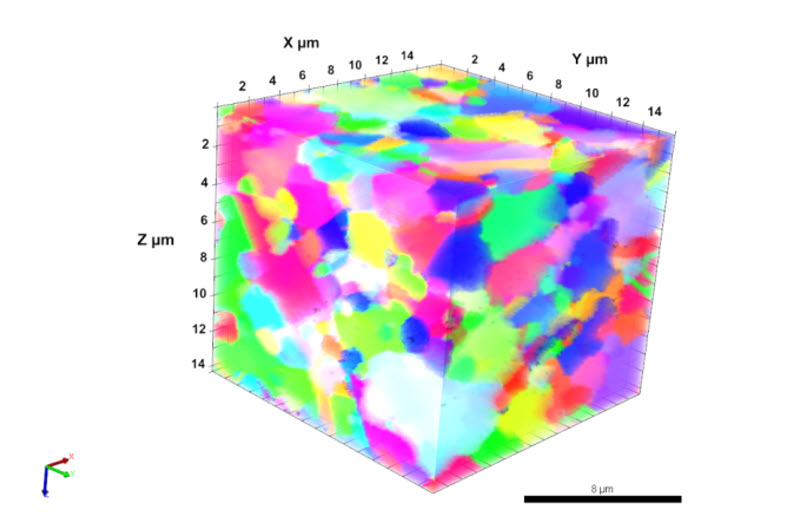
3D-EBSD (Ni) Visualization
Learn More
Visualize EBSD data and the differences in crystalline structure and crystallographic orientation of the grain.
Requires: 3D Visualization Module
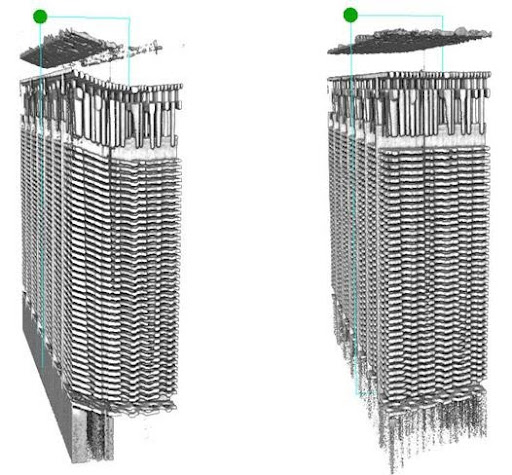
Image Stack Alignment
Learn More
Use automated Fourier or intensity image stack alignment methods to simplify the alignment process of FIB-SEM image stacks.
Requires: 3D Visualization Module & 3D Analysis Extension
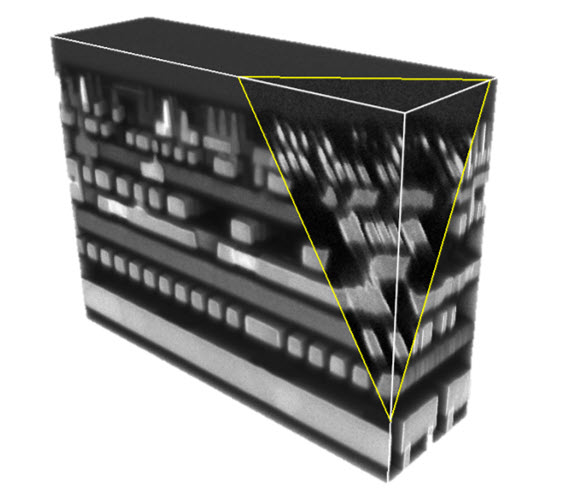
NAND Memory
Learn More
Visualize stacks of FIB-SEM images and unveil internal details using different slicer options.
Requires: 3D Visualization Module
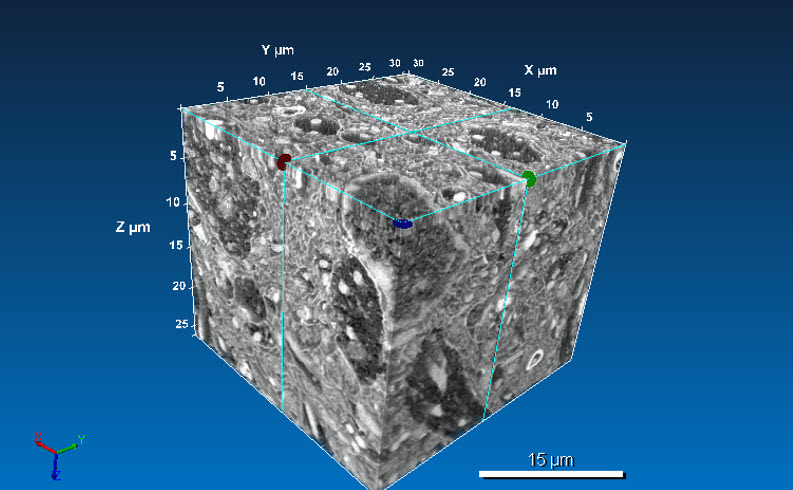
Neuron Analysis
Learn More
Do more than visual Neurons with 3D Segmentation and Guide Segmentation options.
Requires: 3D Visualization Module & 3D Analysis Extension
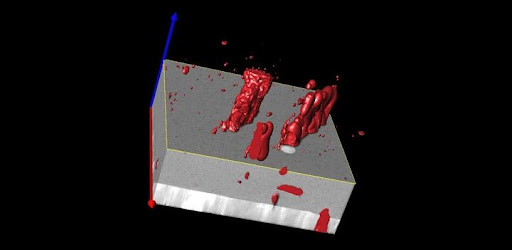
Volume Analysis
Learn More
View, Render, and measure volume data of key elements within your sets. Peel away extra material and spotlight only what is important.
Requires: 3D Visualization Module & 3D Analysis Extension
Image-Pro Has Tools for Your Acquisition Type.
Get Started with Image-Pro for Electron Microscopy





